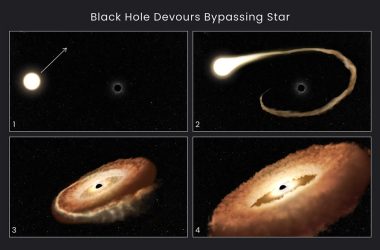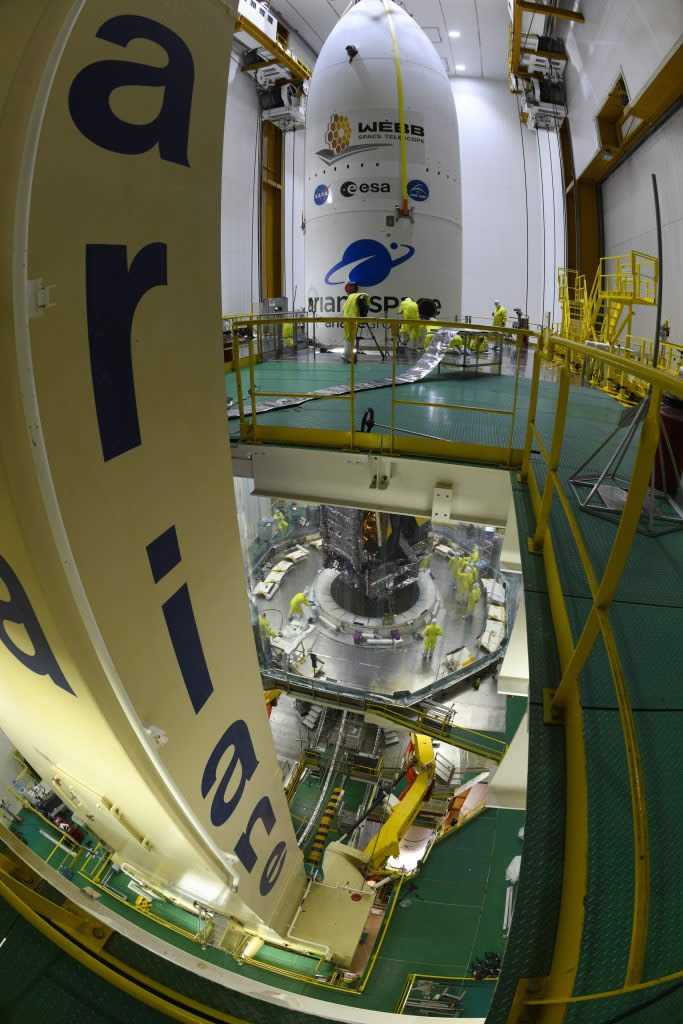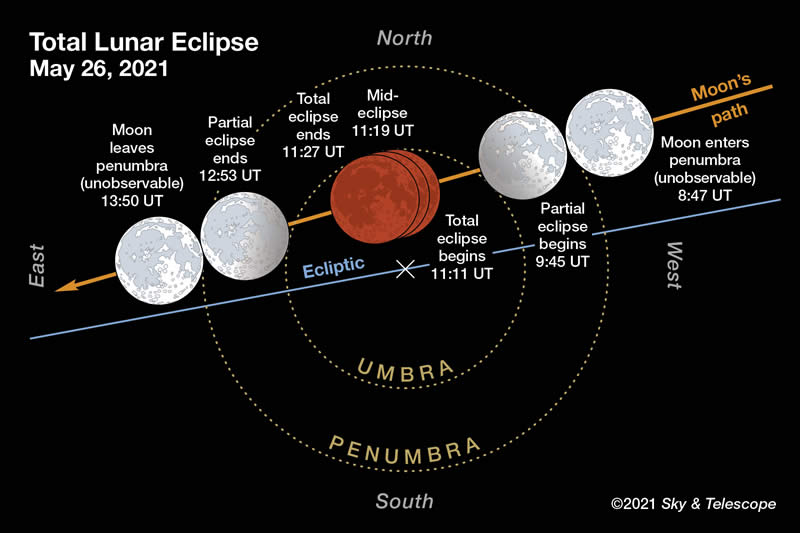
Baltimore, MD-(ENEWSPF)- Twenty-six candles grace NASA’s Hubble Space Telescope’s birthday cake this year, and now one giant space “balloon” will add to the festivities. Just in time for the 26th anniversary of Hubble’s launch on April 24, 1990, the telescope has photographed an enormous, balloon-like bubble being blown into space by a super-hot, massive star.
Astronomers trained the iconic telescope on this colorful feature, called the Bubble Nebula, or NGC 7635. The bubble is 7 light-years across — about one-and-a-half times the distance from our sun to its nearest stellar neighbor, Alpha Centauri.
The Bubble Nebula lies 7,100 light-years from Earth in the constellation Cassiopeia.
This visualization of the Bubble Nebula begins with a ground-based view that encompasses the glowing cloud. The high-energy light from the O star, BD +60°2522, is responsible for ionizing the entire region. The virtual camera flies through the foreground stars and approaches the central bubble imaged by Hubble. The three-dimensional perspective emphasizes the extended nature of the structure and the fact that BD +60°2522 is not located at the center. The pressure inside the bubble is able to expand more rapidly in the directions away from the surrounding nebula. The computer model incorporates both scientific and artistic interpretation of the data. In particular, distances are significantly compressed.
Credit: NASA, ESA, and F. Summers, G. Bacon, Z. Levay, and L. Frattare (Viz 3D Team, STScI)
Acknowledgment: T. Rector/University of Alaska Anchorage, H. Schweiker/WIYN and NOAO/AURA/NSF, NASA, ESA, and the Hubble Heritage Team (STScI/AURA)
[widget id=”bizy_search_widget-2″]
This video starts with a backyard view of the constellation Cassiopeia and zooms into the central region of the Bubble Nebula observed by the Hubble Space Telescope.
Credit: NASA, ESA, and G. Bacon (STScI)
Acknowledgment: A. Fujii, USNO/STScI, Digitized Sky Survey (DSS),STScI/AURA, Palomar/Caltech, and UKSTU/AAO, T. Rector/University of Alaska Anchorage, H. Schweiker/WIYN and NOAO/AURA/NSF, NASA, ESA, and the Hubble Heritage Team (STScI/AURA)








